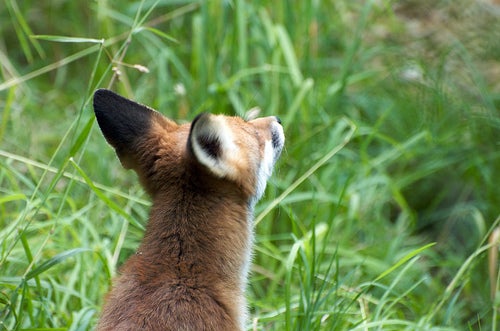
I can't kick the print habit; I love diving into the fat stack of New York Times on Sunday mornings. But I've just been reminded of the joys and sometimes superiority of electronic media. I read with interest Kim Tingley's “” in last weekend's NYT Magazine. You should, too. It's a really compelling introduction to soundscape ecology, the study of natural sounds and how human-generated sounds could be permanently altering natural soundscapes, to the detriment of the non-human animals that depend on them.┬ĀBut the story should be heard, not just read.
The ┬Āincludes a number of audio clips recorded in Denali National Park. What better place to capture the sounds of Sandhill Cranes, avalanches and a bear with her cubs? Indeed, the clips are awesome.
But here's why they make the story reverberate: When I listened to the clip of an avalanche, the first thing I thought of was how much it sounded like a car speeding by on a snowy highway. That says it all. I am so conditioned to human or human-caused sounds, I can't hear natural sounds without comparing them to unnatural ones.
And as Tingley explains, recording the sounds of Denali without the accompanying sounds of low-flying planes, or snowmobiles, or even distant trains, has been exceedingly difficult for┬ĀDavyd Betchkal, the parkŌĆÖs physical-science technician and her guide for a late November sound-trapping hike into the park.
She says human-generated sound, “studies are beginning to suggest, is imperiling habitat ŌĆö in Denali as well as wilderness areas around the world ŌĆö as surely as a bulldozer or oil spill.”
. And next time you're in the “wilderness” see if you can hear it, free of ourselves and our noises.
–Mary Catherine O'Connor